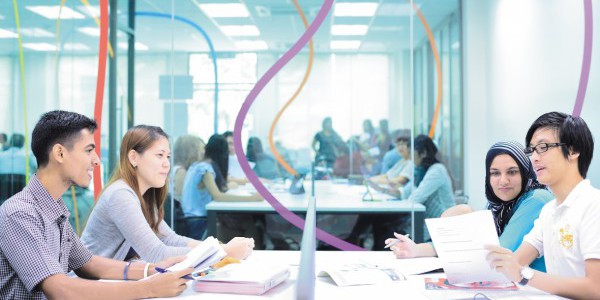
April 27, 2015, by Teaching at Nottingham
Learning Analytics and the Teaching Transformation Program
“In a nutshell, Learning Analytics is about taking the data that the University has and looking at what we can do with it to improve teaching and learning. The University holds information across a range of systems, such as Moodle, the Library, and Student and Assessment Records. Learning Analytics allows us to use this data to enhance the student experience.”
“This technique has been widely used in the United States HE sector with considerable success and an increasing number of UK institutions are starting to explore the opportunities it offers. The University of Nottingham is supporting the introduction of Learning Analytics through the Teaching Transformation Programme; the aim is to examine the data held on our systems and draw insights into ways in which we can enhance teaching delivery methods, learning designs and learning content, in order to promote student success, improve student feedback, enable a personalised learning experience and support student development.
“We’re going to start by looking at Moodle, and using analytics to try and identify correlations between students’ use of Moodle, their performance in assessments and their level of engagement with the learning content. The information held by the University allows us to do this and, by understanding what type of learning designs and content encourage students to continue on and complete a module (and conversely what kind of learning designs and content tend to mitigate against that), we can establish how Moodle works best for students.
“There is understandable sensitivity about privacy, but we are keen to adopt the approach of doing everything in a completely transparent, ethical and above-board way, so no personally identifiable data is going to be used for analytics purposes without consent. We consulted extensively with the Students’ Union and they’re very relaxed about this; they see it as something that can really deliver benefits to students.”
Mike Leam, Libraries, Research and Learning Resources
Where next…?
- Library Analytics
“Using Library Data, it would be possible to generate automated ‘Amazon-style’ personalised library resource recommendations whenever students searched for library resources. By encouraging students to rate the resources they’ve accessed, these recommendations could also be influenced by what other students have found useful. Recommendations would be based on Library activity across all three campuses, including the international campuses, thereby reinforcing the idea of a single academic community within an integrated global university.”
- Lecture Analytics (data-driven teaching)
“Another option that could potentially be explored further is data-driven teaching. Lecture Analytics was pioneered by an academic in the United States who was finding it hard to know how engaged his students were in his lectures. He could see them using their smart devices and potentially getting distracted; he wanted to generate data to demonstrate the extent to which students were following and engaging with his lecture material, so he developed LectureTools. These interactive lecture participation technologies allow students to use their mobile devices to annotate the lecture material as it’s being presented to them, to ask questions digitally and to indicate when they’re confused. This in turn generates rich data on student engagement and comprehension which can then be used to inform and enhance teaching and learning design and delivery. The University currently has a trial version of LectureTools available for any academics interested in piloting it. Using data to re-evaluate teaching and learning and improve it could potentially have a genuinely transformative effect. That’s a really exciting prospect.”
No comments yet, fill out a comment to be the first

Leave a Reply